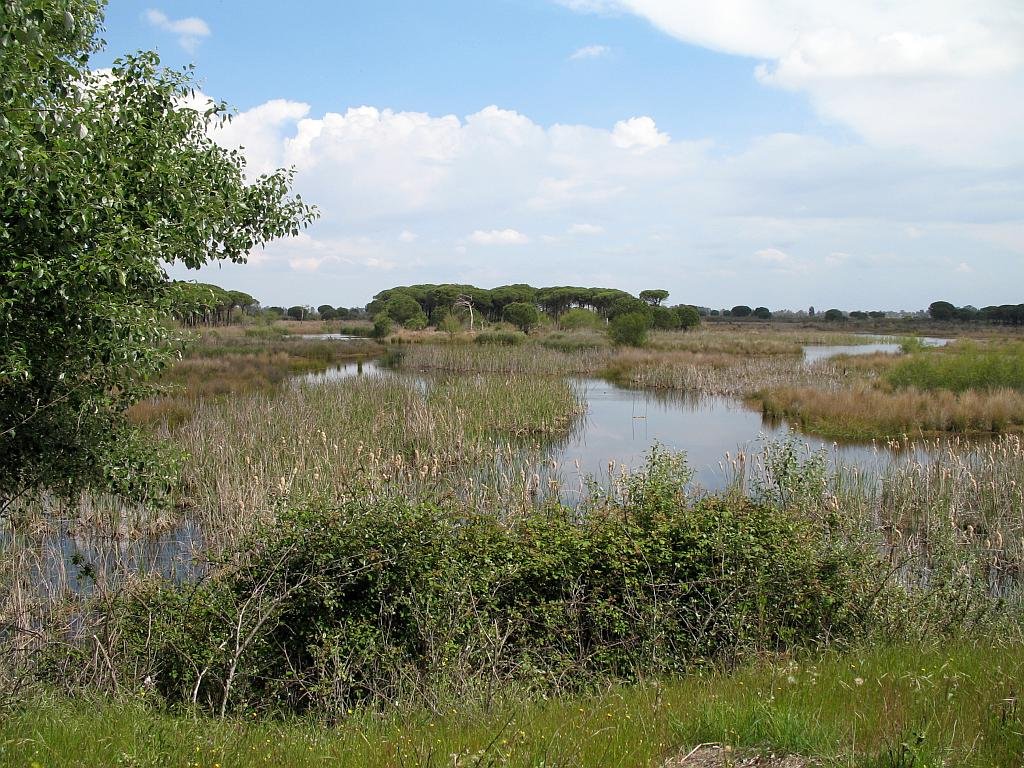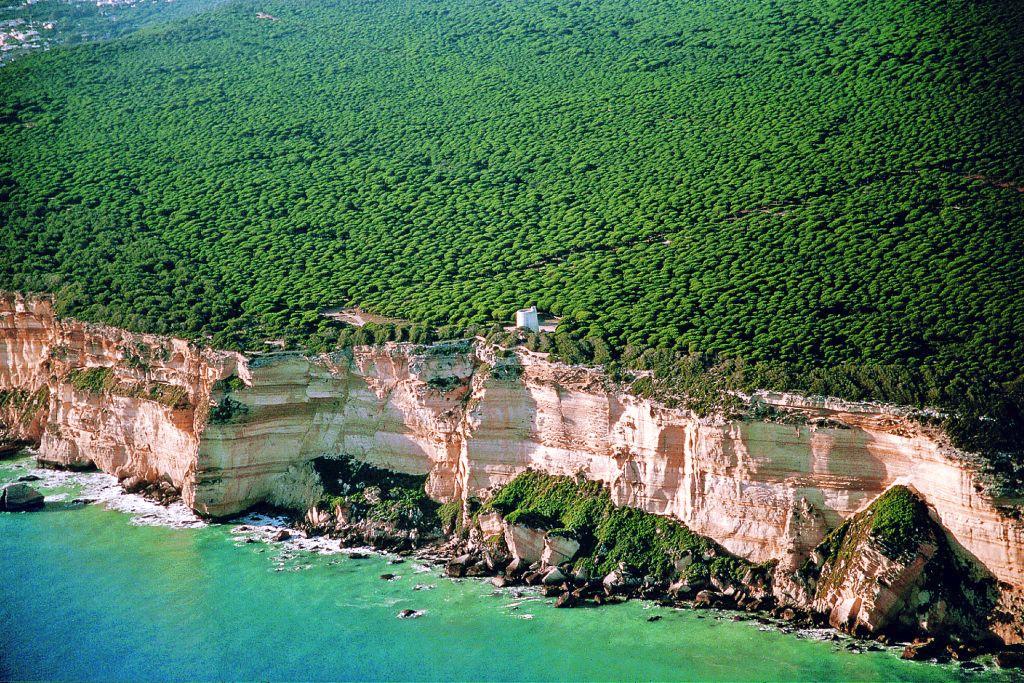- Region: Andalucia
- Provinces: Sevilla, Huelva, Cadiz
- Declared a Natural Park: 1969 reclassified in 1978
- In1963 WWF and the Council of Scientific Research bought land (6,794ha) and set up a research station
- In 1994 it became a UNESCO World Heritage Site
- Natural Park surface area: 54,200
- National Park surface area: 50,720 hectares – Total area: 77,260ha:
- World Heritage and Special Bird Protection Areas: 50,720ha.
- National Park and Ramsar site; buffer zone 26,540ha.
Towns and Villages
- Huelva: Almonte, Hinojos, Bollullos Par del Condado, Rociana del Condado, Bonanes y Lucena del Puerto, Palos de la Frontera, Moguer, La Puebla del Río and the Isla Mayor
- Sevilla: Aznalcázar, Pilas y Villamanrique de la Condesa.
- Cádiz: Sanlúcar de Barrameda
Points of interest
The Doñana National and Natural Parks occupy the northern area of the Guadalquivir river where it meets the Atlantic Ocean. Six thousand years ago it would have been a wide estuary, but this has mostly been closed off by a long, natural sand bar. This in turn created a large saline lake which gradually collected silt leaving a huge wetland area with lagoons, marshlands and semi-permanent sand dunes.
Latest news and Iberia Nature Forum discussions here.
I’ve been living in this lovely area of Western Andalucia for the last 20 years or so and dedicate most of my time to the running of English language tourist information websites for the towns of Cádiz, Ronda, Grazalema, the famous or infamous Caminito del Rey, and also Wildside Holidays, which promotes sustainable and eco-friendly businesses running wildlife and walking holidays in Spain. My articles contain affiliate links that will help you reserve a hotel, bus, train or activity in the area. You don’t pay more, but by using them you do support this website. Thankyou!



